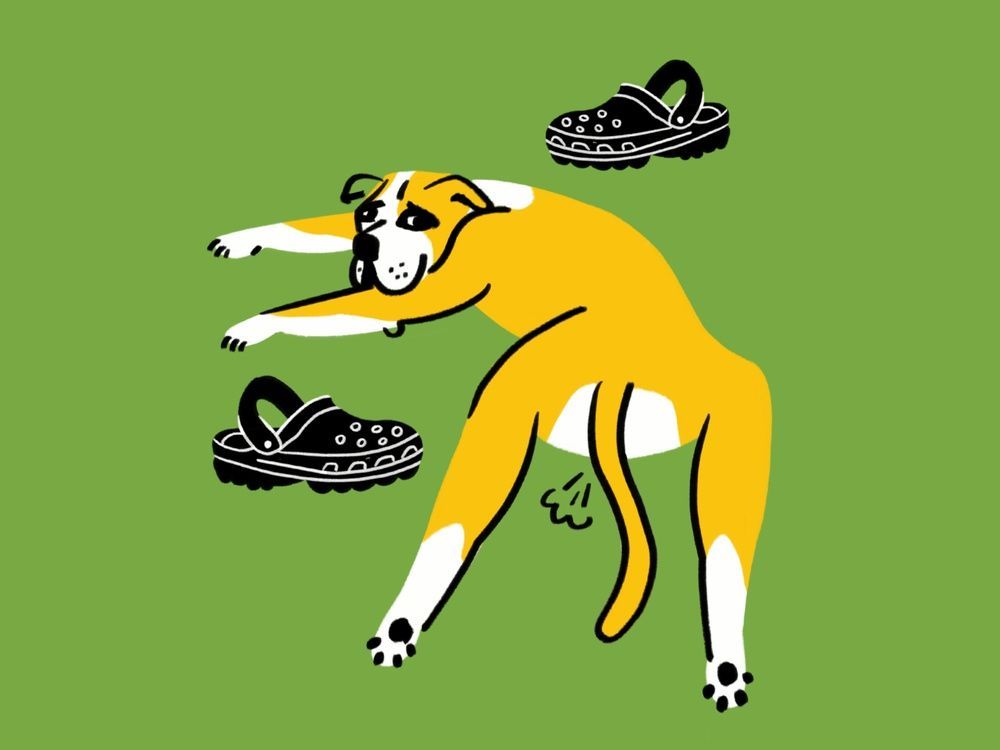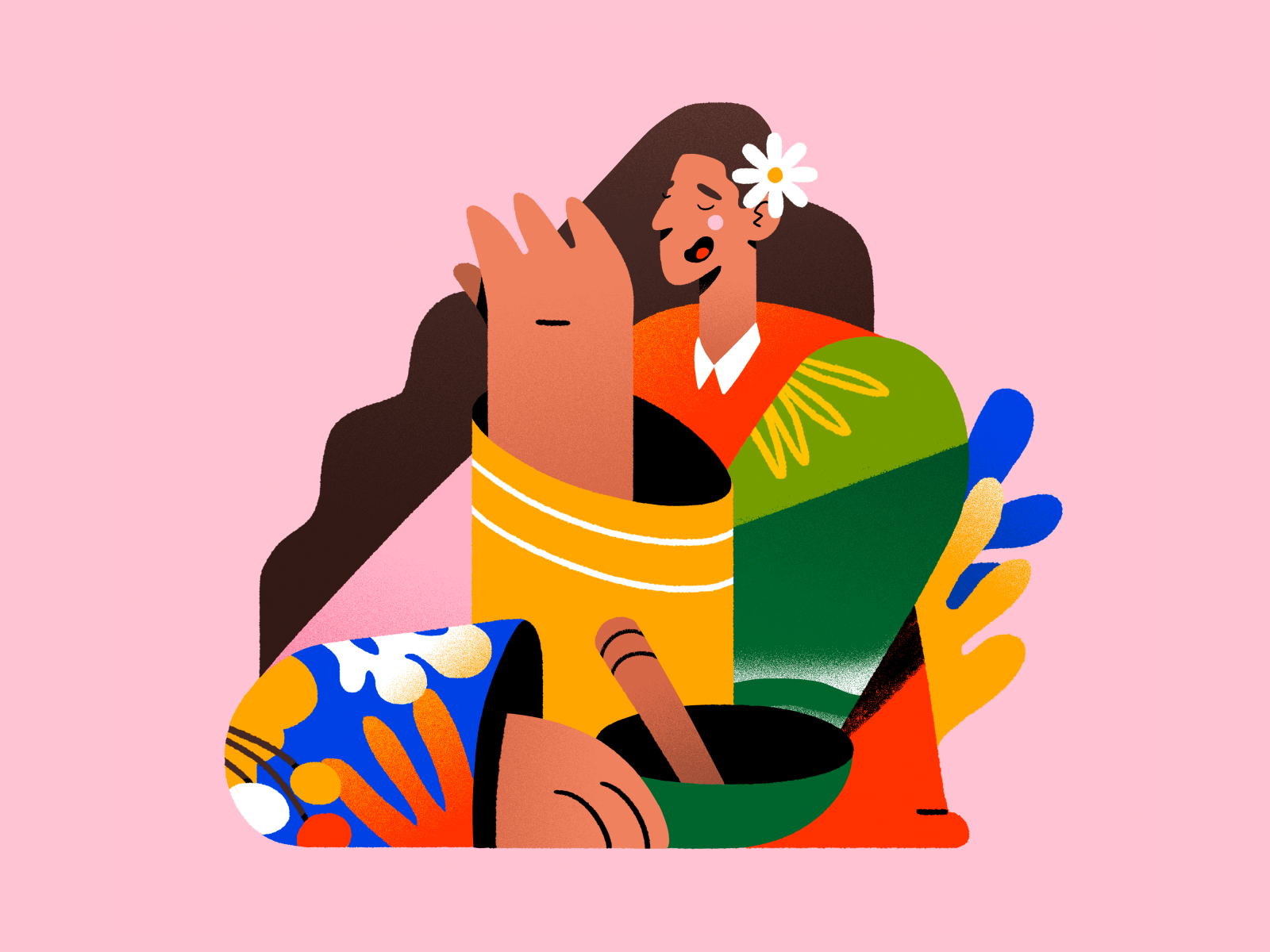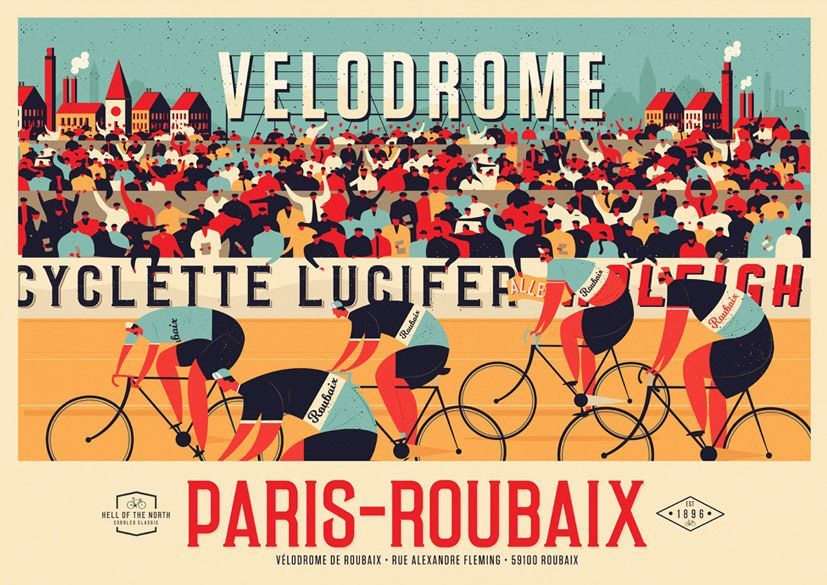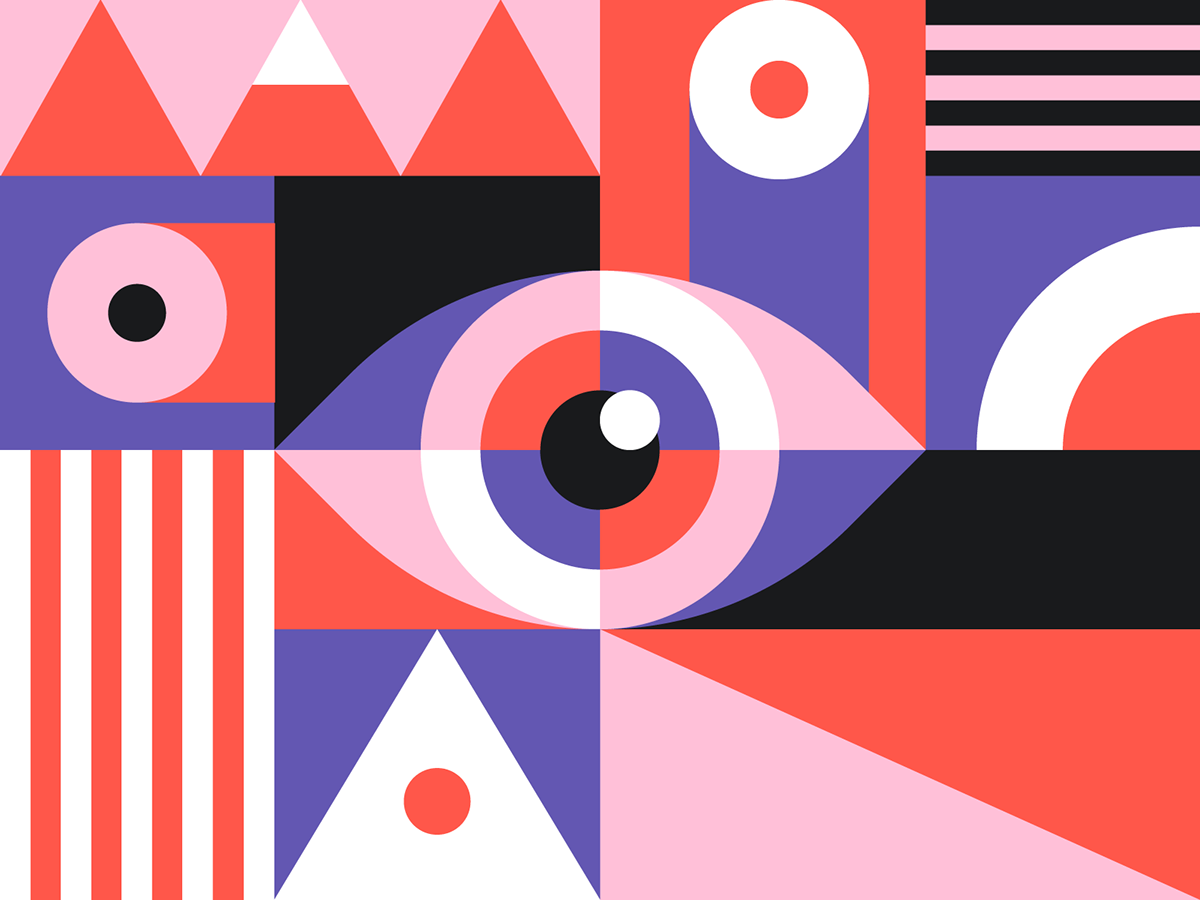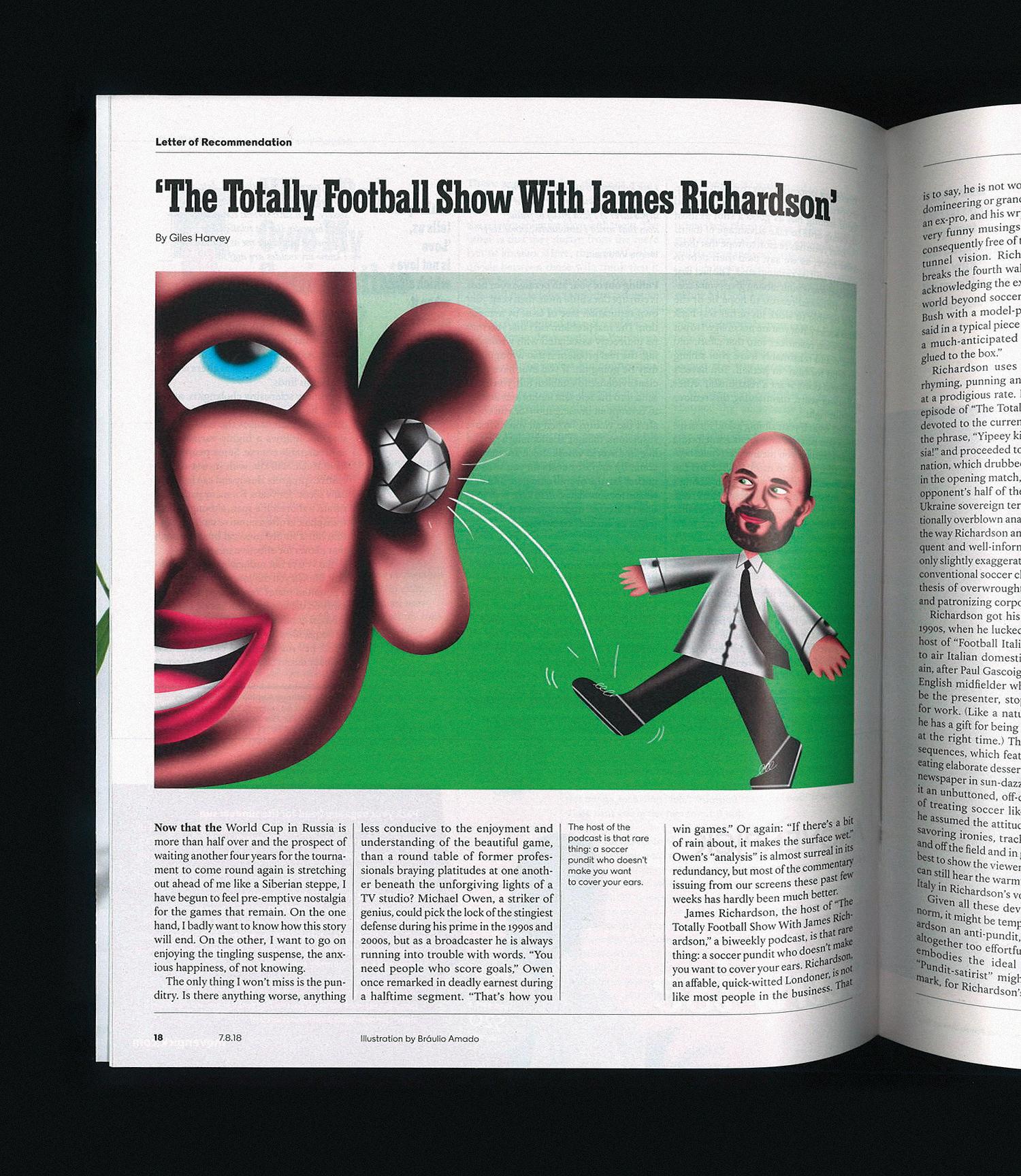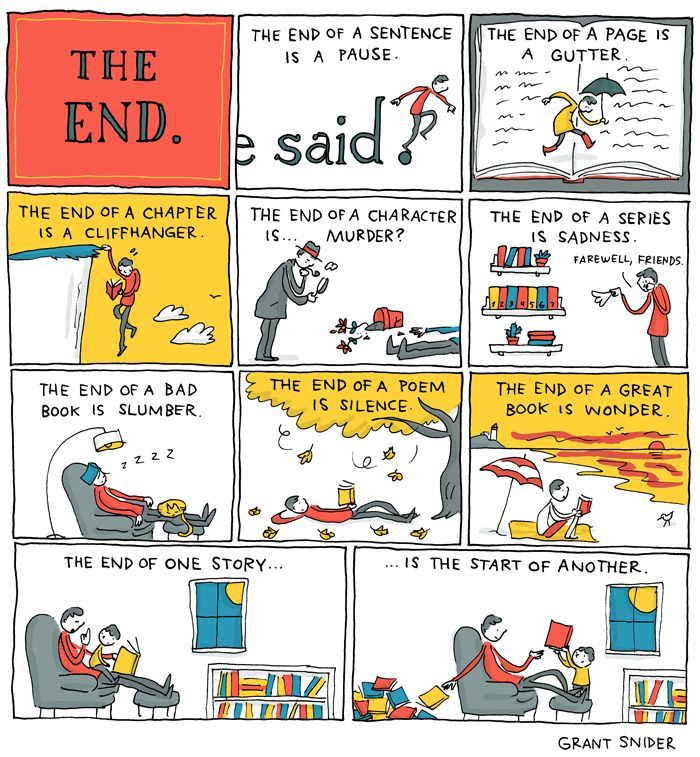Illustrations can be extremely versatile, and according to illustrators worldwide, one of the fundamentals to succeed in this art is to discover an authentic and creative way to illustrate. This article shares our top eight favorite illustration styles and further explains, with examples, what each consists of.
Table of Contents
What is illustration?
Different illustration styles
➤ 1. Minimalist Illustration
➤ 2. Big and Bold illustrations
➤ 3. 3D illustration
➤ 4. Typography illustration
➤ 5. Retro illustration
➤ 6. Geometric illustration
➤ 7. Caricatures
➤ 8. Comics
Conclusion
What is illustration?
As we explain in our blog post about Good illustration matters, illustration is a visual feature that aims to explain and communicate a certain product, concept, or idea. It grabs the viewer's attention and can be extremely informative. A good illustration must be able to tell or complement a story, as well as to show emotions and moods by relying on images, shapes, and colors.
Considering the earliest forms of storytelling, illustration is actually one of the oldest ways of communicating. To our knowledge, illustration started being explored as a form of expression since (at least) the prehistoric engravings (the Chauvet Cave dates to more than 36,000 years ago). Nowadays, it is everywhere. We see amazing illustrations in books, posters, flyers, and of course, in our digital world! Many websites and mobile applications rely on the power of illustrations to communicate and clarify users. Yet, not all illustrations follow the same style. Fortunately, that are many styles to be inspired by, develop, and implement. Keep reading to find out our top illustration styles!
Different illustration styles
1. Minimalist illustration
A minimalist illustration reflects the idea that less is more. It takes complex concepts and ideas and finds the simplest (yet, efficient) ways to transmit them visually. Minimalism is trendy, but it is not exactly new since it typically follows aesthetic and cultural values as they evolve. Moreover, several illustration styles are descended from minimalism, such as line art and big and bold illustrations (which we will explain in the next lines). Overall, minimalism illustration allows designers and artists to focus on the subject's core by exploring the power of clean and clear lines and shapes.
2. Big and Bold illustrations
Big and bold illustrations are a form of minimalism illustration. It is an illustration style that uses hyperbolic representations of all kinds of shapes, forms, figures, and even letters. Those audacious and exaggerated designs are the core of the illustration and consist of minimalist fat, bold, and colorful lines that conquer the viewers' attention.
3. 3D illustration
3D illustration has achieved a fascinating popularity growth over the recent years. Nowadays, 3D illustrations are being widely integrated into different design forms but have had a particularly surprising growth in web design.
Further, 3D is a unique illustration style that challenges the limits of 2D designs and brings new artistic possibilities. Many designers and artists explore the possibilities of 3D illustration in various innovative ways by considering different environments, characters, and styles (e.g., cartoons, fantasy, animals, etc.).
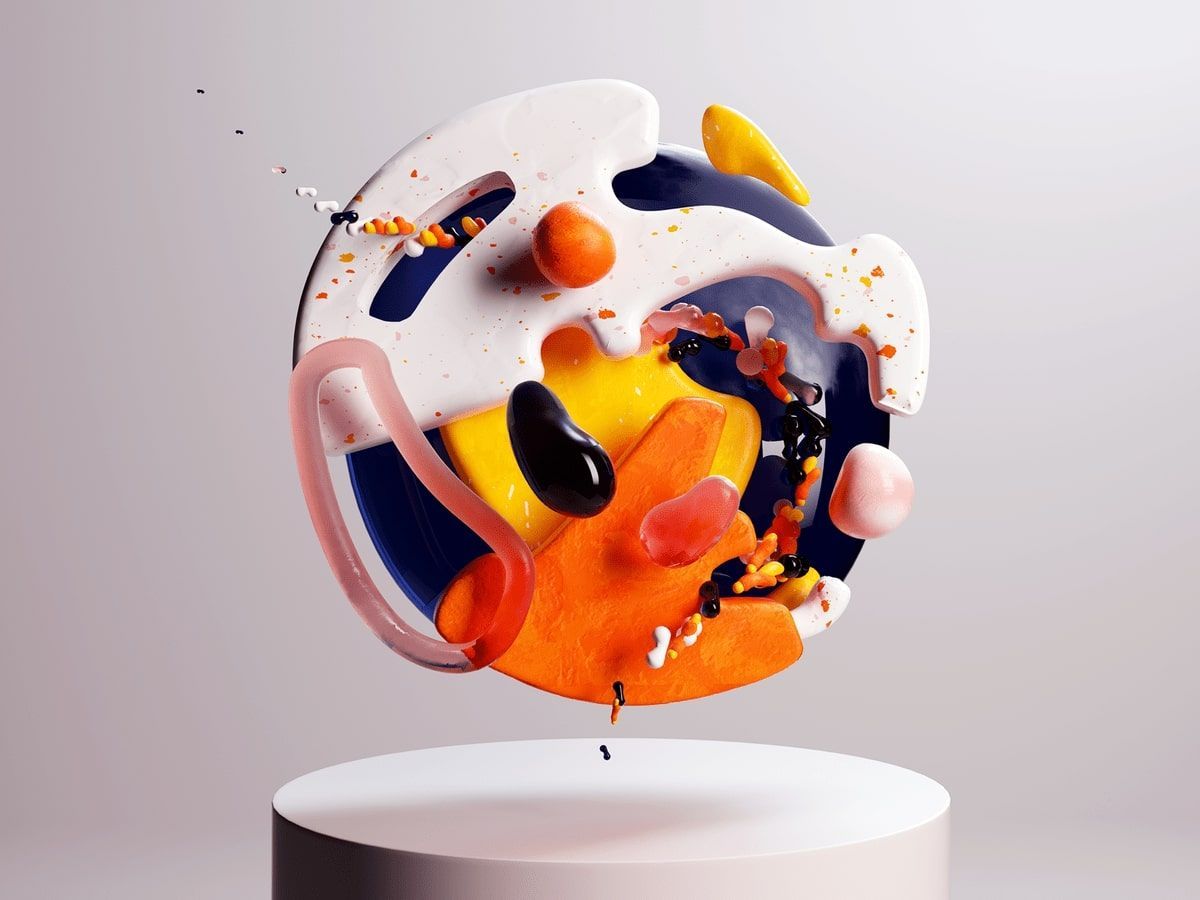
4. Typography illustration
Typography illustration contemplates and focuses on arranging the visual appearance of each letter, symbol, or number to create an appealing design. This illustration style considers the selection of a particular typeface, its layout, colors, kerning, and many other design aspects to make a design stand out.
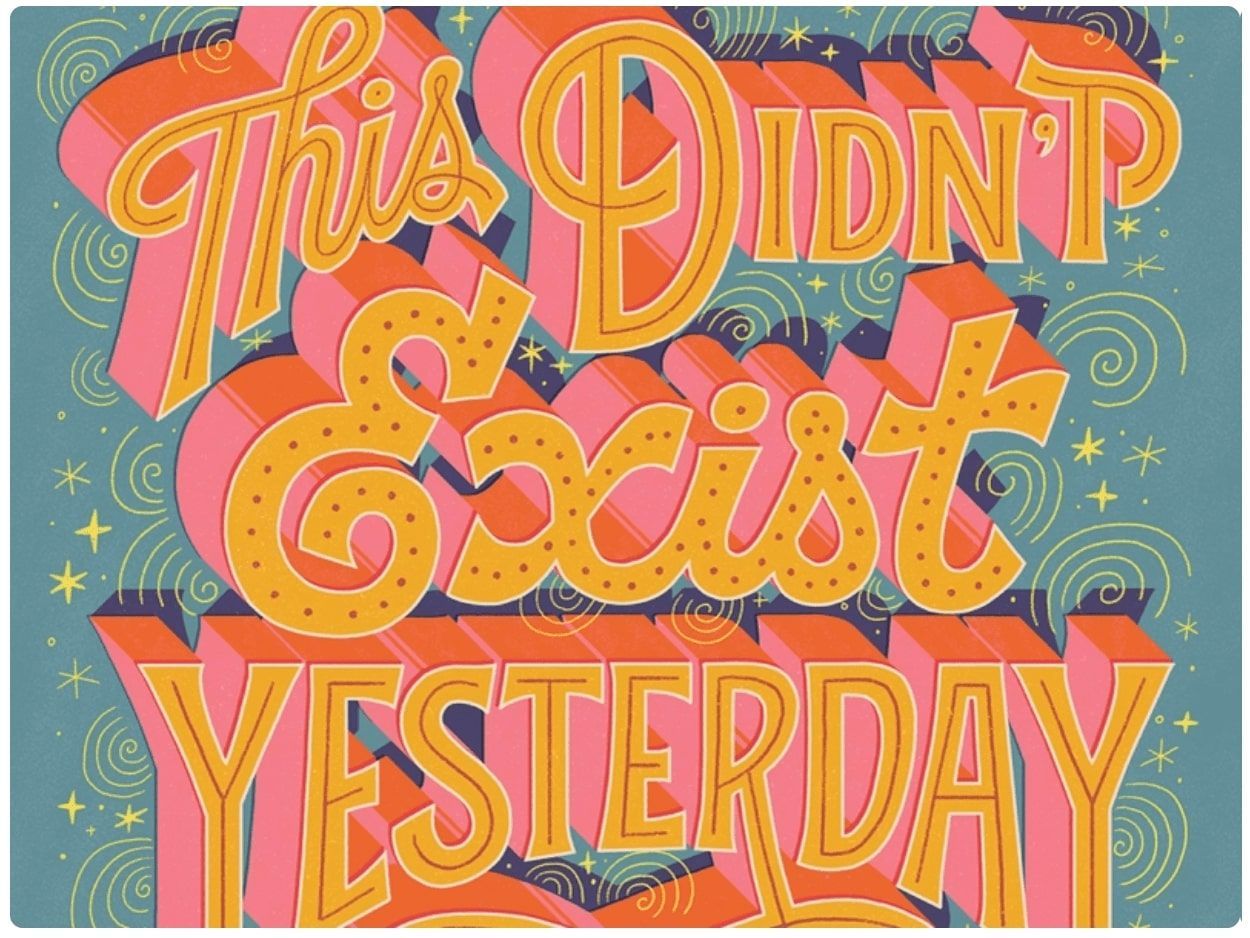
5. Retro illustration
Retro illustration consists of recreating and bringing back styles from the recent past that are nostalgic. This illustration style typically uses strong and bold colors and patterns. Modern interpretations of retro designs tend to highlight how society has changed over the years and often make an ironic comparison between the past and the present.
6. Geometric illustration
By considering the shapes and properties in space, geometry allows designers and artists to achieve impressive and unique illustrations. The geometric illustration style is able to combine - and maybe even overlap - geometric shapes, colors, sizes, and patterns. The outcome can be very creative and extremely versatile.
7. Caricatures
A caricature is an illustration style that considers the subject's characteristic traits and distorts or exaggerates those traits through pencil strokes, sketching, pen and ink drawing, charcoal drawing, or other types of drawing. Since their origin, caricatures have been typically used to ridicule politicians or even public figures. These days, caricatures remain widely popular and used in newspapers and magazines (both online and in print) as a visual satire.
8. Comics
Comics usually combine visual information with text, following a sequence of illustrated panels according to the narrative. Comics started appearing in the newspapers in the late 19th century as a satirical message towards politics. Nowadays, it is an engaging and appealing way of storytelling that enables illustrators to explore and draw several themes, from superheroes (e.g., Spiderman) to fiction (e.g., Ghost World), adventure (e.g., Prince Valiant), social commentary (e.g., Mafalda), and even to humor (Calvin and Hobbes).
Conclusion
Illustration has the admirable ability to communicate ideas, concepts, and products visually. It grabs the audience's attention and shares an engaging story that viewers can easily follow. Moreover, it is very informative, considering it can visually highlight the key takeaways from a complex concept or even the main features and benefits of a product.
Moreover, throughout this article, we analyzed (with examples) how illustration has evolved over the years and how it can differ in styles, techniques, and purposes.



